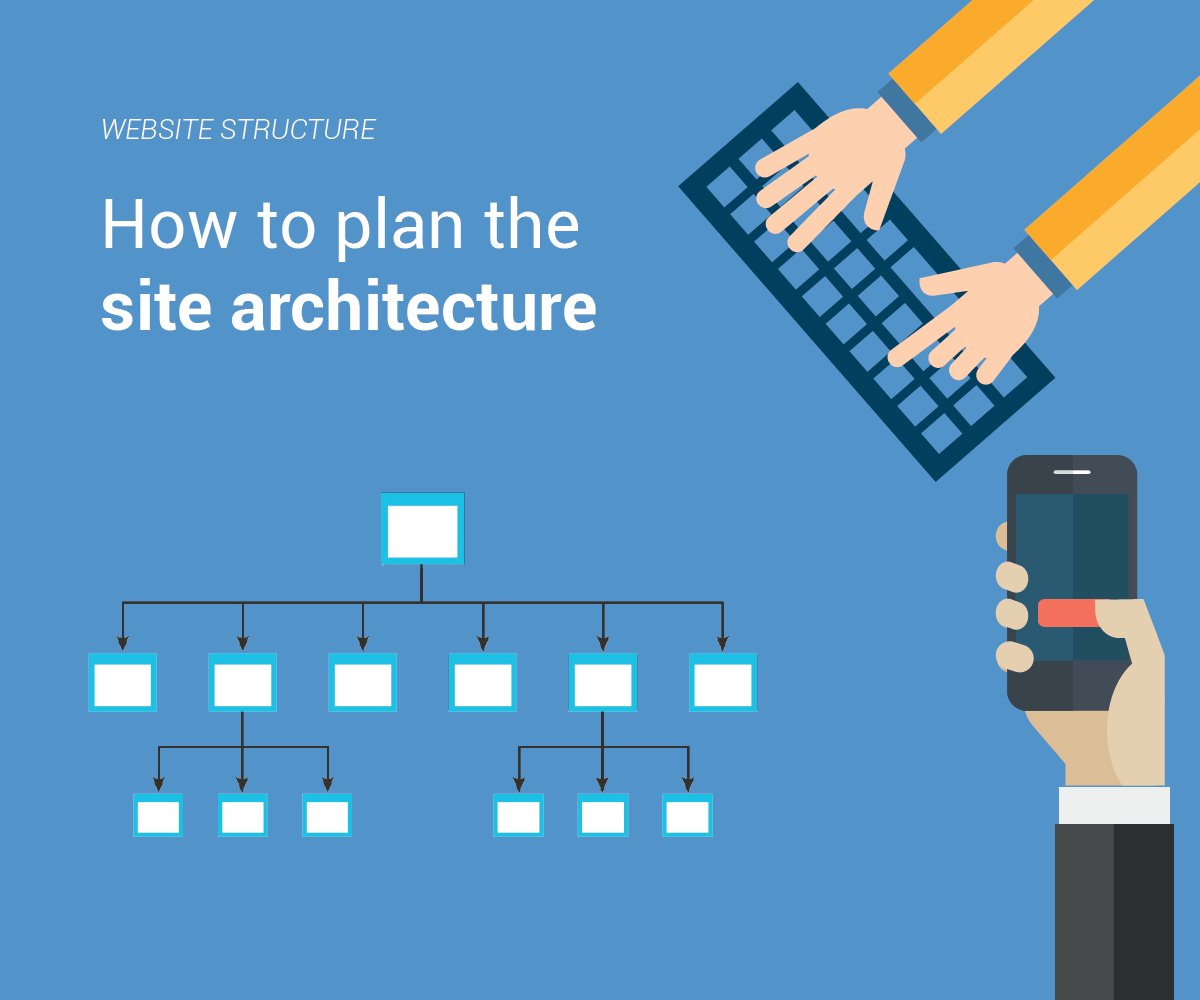| Read Part 1 of 20 in our 7 Keys to Successful Web Development series below! |
Creating an effective ecommerce site doesn’t just happen when an idea meets the sheer force of will. It’s essential that your eCommerce development agency has a road map available to you to help navigate your way from conception to implementation. Thus, the importance of having a well-planned website architecture cannot be overlooked. Most of the individual steps required in developing such a structure are likely already known to you. Yet the exact execution sequence required to deliver optimal results is usually the one key area where education may be lacking.

With this in mind, here is a step-by-step guide to follow that will help in developing a strong website architecture:
- Know What You Want: This may seem to go without saying, yet you’d be surprised how many companies come into the website development process not really knowing what it is that they want. They simply know that they need to either revamp their current site or create an entirely new one. You need to know exactly what sort of audience your website is intended for, and what sort of functionality that audience is looking for when accessing the site. Finally, it’s also important to establish what your goals and expectations are to create a benchmark for success.
- Define the Content Areas: You have an abundance of information about your website. Segment that information into different pages within the site by identifying general topics. Review the segments with your webmaster or development agency to make sure it matches your expectations for the site’s structure and navigation.
- Organize Content and Create a Site Map: Once you’ve defined the different content covers, you then move on to group relevant information together under different topics and subheadings. Once this is done, then the next step is to build a site map as a high-level structure to reference the structured content.
- Develop a Navigational Scheme: With the site map in place, you now have an idea how to best structure the site’s navigation. The navigational scheme will depend upon the amount of content available. If there are fewer than 20 pages on the site, a simple vertical side column should be enough to show users where they can go within your site. Larger websites may require the development of overview, or category and subcategory pages that groups related content together.
- Create Your Wireframe: Now that all of the elements are in place that define the site’s content groupings and navigational structure, you’re ready to create the wireframe sketch that will serve as the site’s blueprint.
Knowing how, when, and where to apply all of this information is the key to building the types of sites that will exceed your expectations and build your ecommerce business.
Want the full “7 Keys to Successful Web development” whitepaper? Download it now!



Leave a Reply
You must be logged in to post a comment.